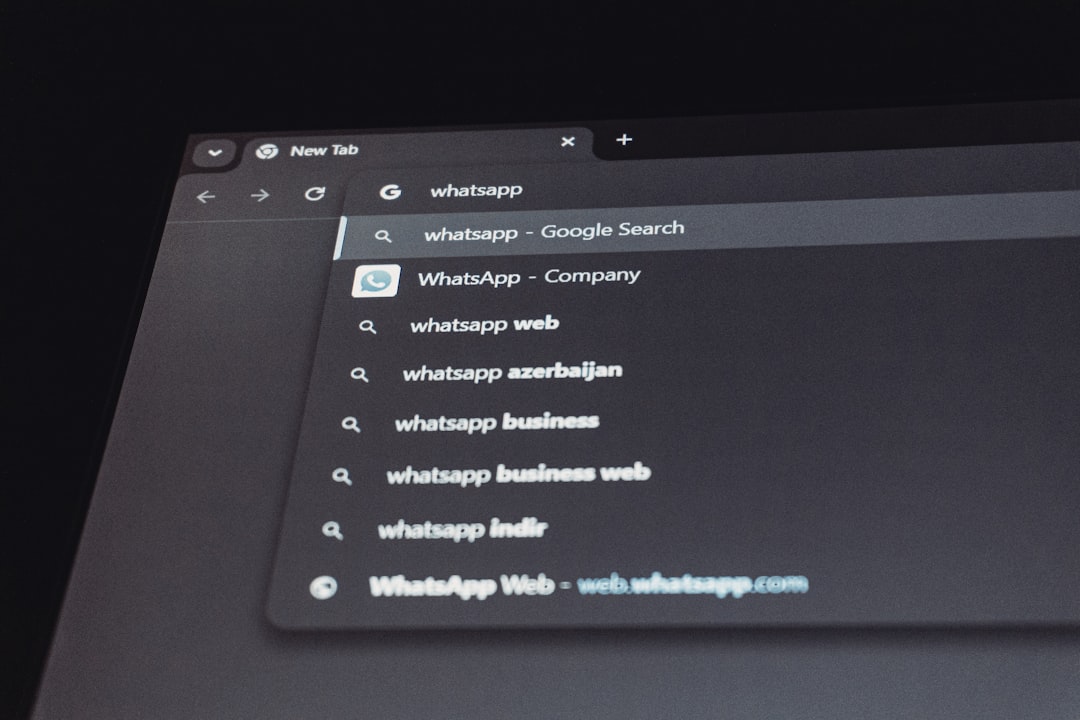Setting up a dual-boot system that runs both Linux and Windows can be a rewarding way to take advantage of the capabilities of both operating systems. Whether you’re a developer, a system administrator, or an enthusiast exploring open-source technologies, having a dual-boot system gives you flexibility and control over your computing environment. This guide will walk you through how to configure a bootloader to allow seamless switching between Linux and Windows.
TL;DR
Dual-booting Linux and Windows involves installing both operating systems on separate partitions and configuring a bootloader—typically GRUB—to manage them. Install Windows first, then Linux, to ensure Linux can detect and add Windows to the boot manager automatically. GRUB is highly customizable and can be manually edited if needed. Always back up critical data before partitioning disks or modifying bootloaders.
Preparing for a Dual-Boot Setup
Before you dive into partitioning drives and installing operating systems, it’s vital to prepare adequately. A misstep could result in data loss or an unbootable system.
1. Backup All Important Data
Both installation processes can overwrite data. Use external storage or cloud solutions to back up everything you can’t afford to lose.
2. Create a Bootable Windows Installer
Download the official Windows ISO from Microsoft and use tools like Rufus to create a bootable USB drive. Ensure the USB is at least 8 GB.
3. Create a Bootable Linux Installer
Choose your preferred Linux distribution—Ubuntu, Fedora, Debian, Arch, etc.—and create a bootable USB using balenaEtcher or dd for command-line lovers.
4. Check System Compatibility
Some UEFI firmware settings may interfere with bootloader configuration. Ensure:
- Secure Boot is disabled
- UEFI mode is selected (not Legacy)
- Fast Boot is turned off
Partitioning Your Disk
Regardless of the OS installation order, both Windows and Linux need their own partitions. It’s commonly recommended to install Windows first because it doesn’t detect other operating systems and tends to overwrite the Main Boot Record (MBR).
Installing Windows
Boot from the Windows USB and proceed with the installation. As you go through the process:
- Choose the custom installation option
- Create a partition for Windows (NTFS)
- Leave unallocated space for Linux (you’ll partition this during Linux setup)
Once installation is complete, make sure Windows boots correctly before proceeding.
Installing Linux and GRUB
Next, boot from your Linux USB and start the installation. During the process:
- Choose the “Something else” option when it asks about partitioning
- Manually create partitions: typically a root (
/) partition, a/homepartition, and a swap partition - Ensure that the Linux bootloader is installed to the disk (e.g.,
/dev/sda) and not to a partition (like/dev/sda1)
Linux installers like Ubuntu usually detect other operating systems on the drive. GRUB, the default bootloader, should automatically add Windows to its configuration.

Configuring the Bootloader Manually
If Windows is not detected by the GRUB bootloader, you can manually configure it. Here’s how:
1. Boot into Linux
Once Linux is installed, boot into it and open a terminal window.
2. Update GRUB Configuration
Run the following command in the terminal:
sudo update-grubThis command re-scans available OS installations and should detect Windows. If it doesn’t work, you may need to modify the GRUB configuration file manually.
3. Modify /etc/grub.d/40_custom
Use a text editor like nano or vim:
sudo nano /etc/grub.d/40_customAdd the following entry:
menuentry "Windows 10" {
insmod part_gpt
insmod ntfs
set root='hd0,gpt1'
chainloader /EFI/Microsoft/Boot/bootmgfw.efi
}Note: Replace hd0,gpt1 and the path with your actual disk and partition identifiers. You can find them using lsblk or blkid.
After editing, run:
sudo update-gruband then reboot. The GRUB menu should now list Windows as a selectable option at startup.
Handling UEFI vs BIOS Boot Mode
Modern systems use UEFI firmware instead of BIOS. UEFI boot mode supports more than 4 partitions on GPT disks and stores boot data in /EFI folders.
When installing both operating systems:
- Ensure both are installed in UEFI mode or both in Legacy mode
- Never mix UEFI and Legacy installations—it usually creates boot issues

Customizing Boot Order and Timeout
After installation, you may wish to set which OS boots by default or how long the bootloader waits before auto-selecting it.
Editing /etc/default/grub
Open the file:
sudo nano /etc/default/grubKey options to edit:
GRUB_DEFAULT=0– Index of OS in GRUB menu (0 is the first item)GRUB_TIMEOUT=5– Number of seconds to wait before auto-booting
After making changes, run:
sudo update-grubTroubleshooting Common Issues
1. GRUB is Missing After Windows Update
Windows updates may overwrite the MBR/EFI boot entries, removing GRUB. To restore:
- Boot from a Linux USB
- Mount the Linux partition and reinstall GRUB:
sudo mount /dev/sdX# /mnt
sudo grub-install --boot-directory=/mnt/boot /dev/sdX
sudo update-grubReplace sdX# and sdX with the appropriate partition and disk identifiers.
2. Cannot Boot Windows from GRUB
This usually happens due to incorrect disk paths. Double-check your chainloader line in 40_custom and try various combinations if necessary.
Advanced Tips
- Use GRUB Themes: Enhance the visual appearance of the bootloader if aesthetics matter to you.
- Install rEFInd: An alternative UEFI boot manager that offers a user-friendly GUI and works well with dual-boot setups.
- Keep Bootable USBs: In case anything goes wrong during updates or new installations, having your install media ready is a lifesaver.
Conclusion
Creating a dual-boot system between Linux and Windows requires careful planning, partition management, and bootloader configuration. While modern Linux distributions make this easier than ever with GRUB’s support for Windows, issues can still occur, especially after updates or firmware changes. With a solid understanding of your system’s boot process and a bit of preparation, you can smoothly manage a robust dual-boot environment that harnesses the strengths of both operating systems.
Be cautious, be thorough, and don’t forget to back up your data. Happy dual-booting!
